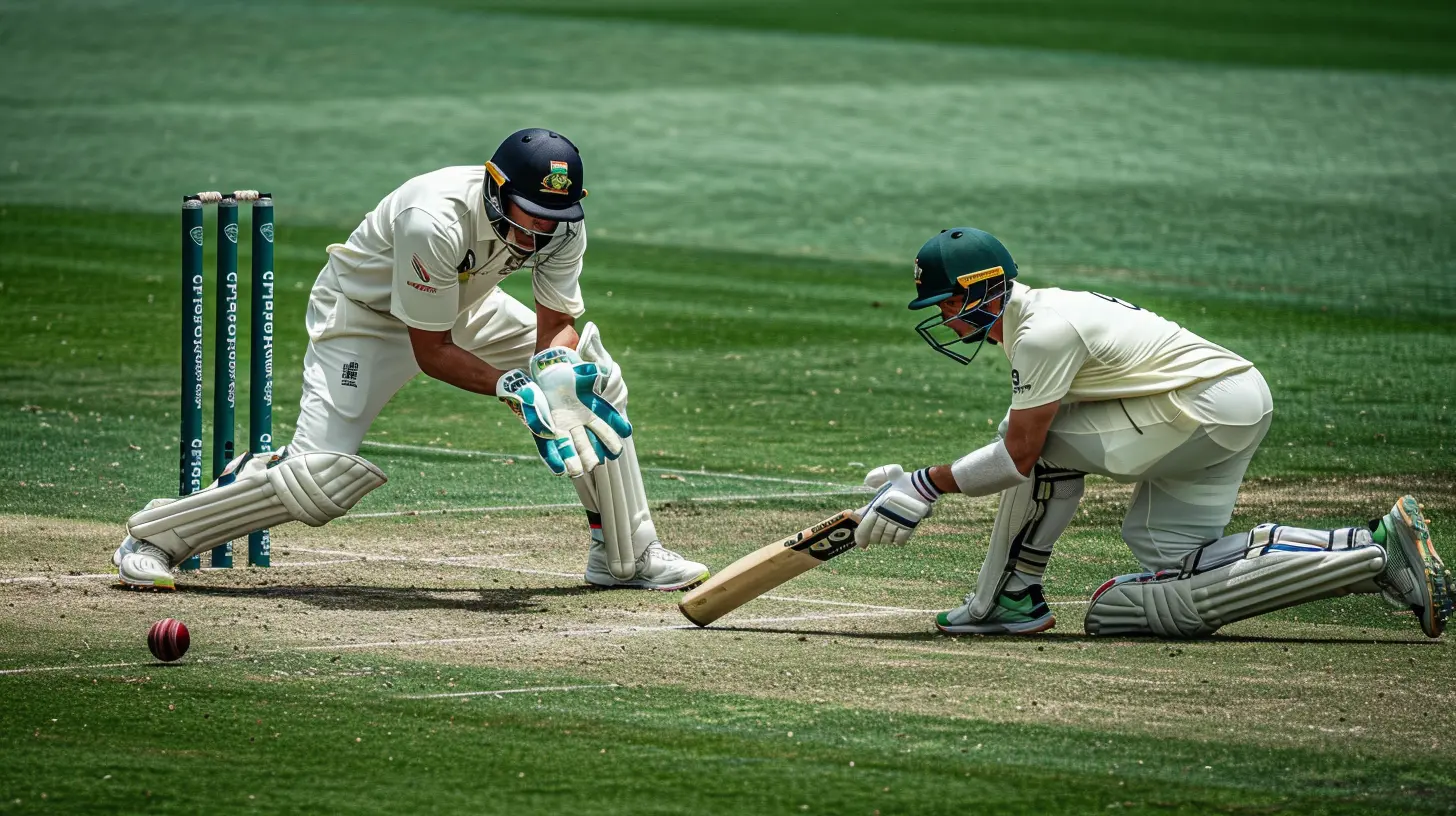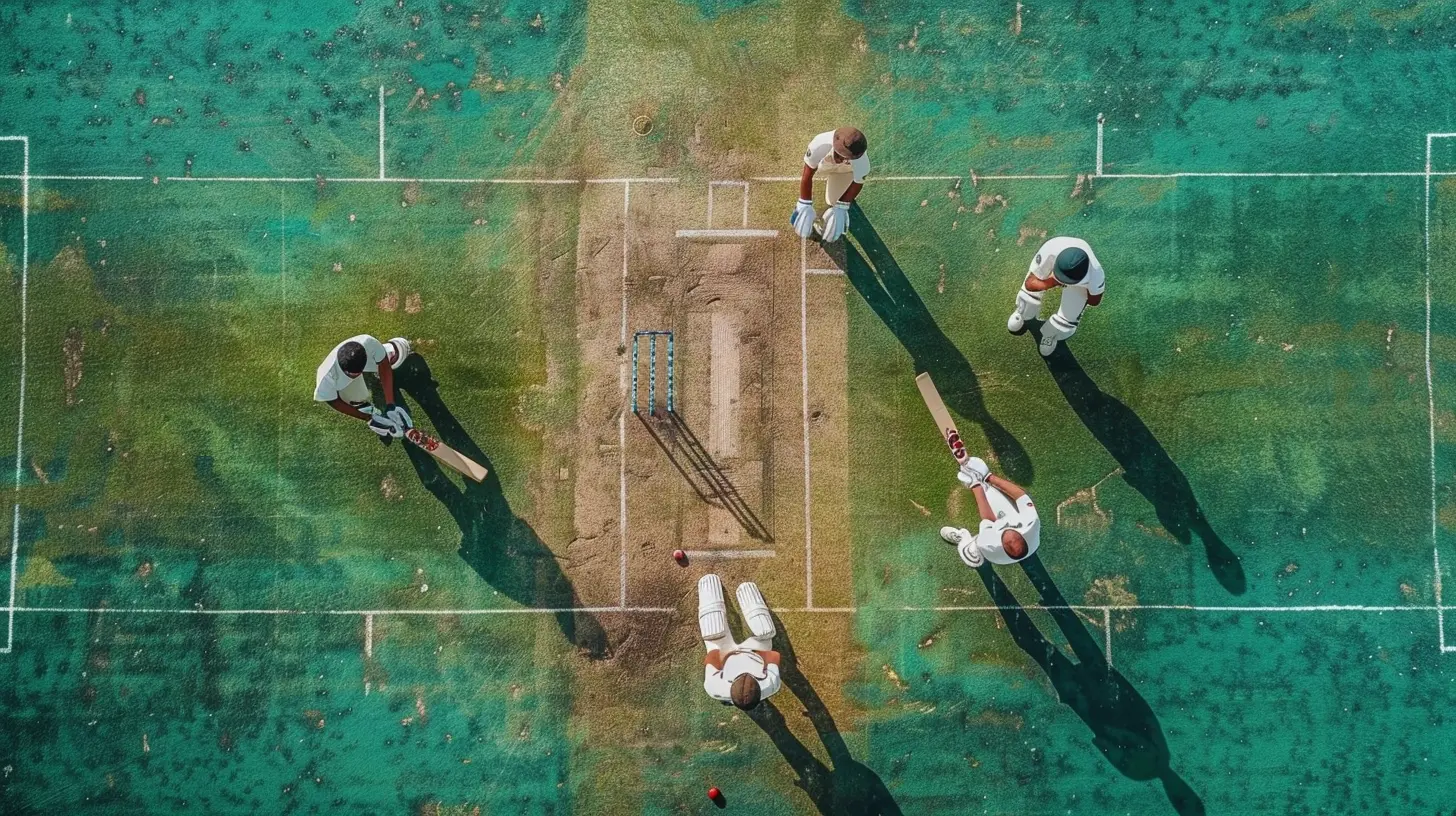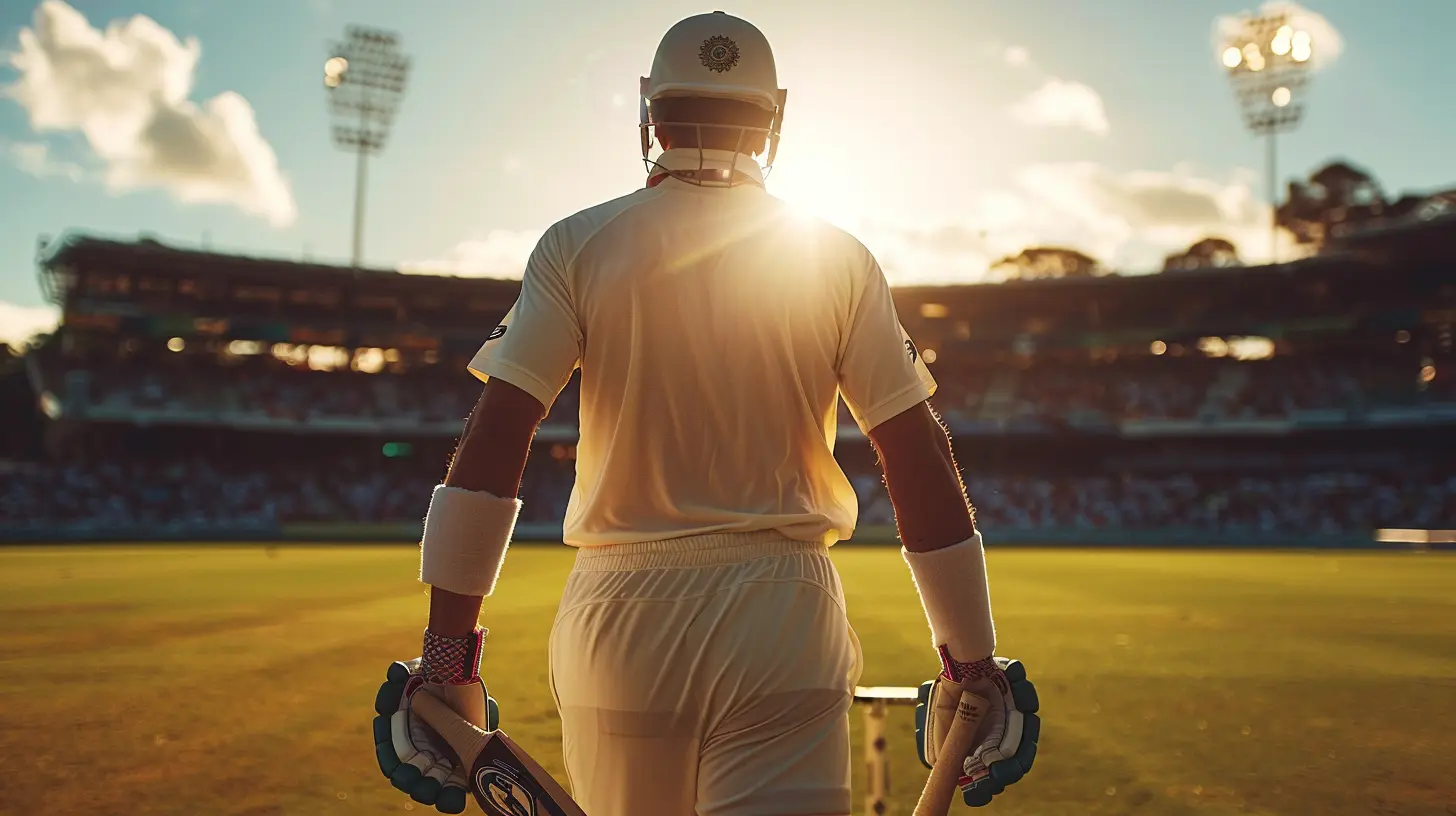How Technology is Changing Umpiring and Decision-Making in Cricket
28 June 2025
Picture this: It’s the final over of a nail-biting cricket match. The crowd is holding its breath. A bouncer flies past the batter—did it nick the bat? The fielding team explodes in appeal. The umpire raises his finger. The batter shakes his head and signals for a review. That’s when the real drama begins.
We’re no longer living in a time where umpiring decisions rest solely on the naked eye. In today's world of professional cricket, technology has taken center stage, flipping the traditional system on its head. With gadgets and systems more accurate than a Swiss watch, cricket has embraced a tech evolution that’s changing how the game is judged, played, and even watched.
So, how exactly is technology revolutionizing umpiring and decision-making in cricket? Let’s peel back the layers of this fascinating shift.
The Human Element: A Double-Edged Sword
Before we dive into the digital wizardry, let’s not forget—umpires are only human. And being human means being prone to error. Even the most seasoned umpires can miss a thin edge or misjudge an LBW, especially with bowlers hurling the ball at 90+ mph.Now, that’s no knock on their skills. They're incredibly sharp. But in high-pressure scenarios, with crowds roaring and players walking the tightrope of sportsmanship, mistakes happen. And that's where technology steps in—not to replace umpires, but to assist them.
Enter the Third Umpire: Cricket's Eye in the Sky
Ever since the third umpire made its debut in 1992, cricket has slowly started leaning on technology to make the critical calls. Initially, it was just for run-outs. But now? We’ve got an entire lineup of futuristic tech ensuring every angle is covered.Let’s break down the big players in this tech game.
1. Hawk-Eye: The Digital Umpire’s Best Friend
Ah, Hawk-Eye — the marvel of modern-day cricket. If you’re a cricket fan, chances are you’ve seen those animations showing the ball’s trajectory, swing, bounce, and whether it would’ve hit the stumps.Hawk-Eye blends multiple camera angles to map the ball’s path, providing an almost surgical insight into LBW decisions. No more guesswork. No more debate if the ball would've clipped leg stump.
But even more intriguing? Hawk-Eye is now used not just for reviewing decisions, but also for coaching, strategy, and even broadcasting, helping fans dive into the analytics of the game in real time.
2. UltraEdge and Snickometer: Hearing What Eyes Can’t See
Remember those moments when the fielding side erupts in appeal, and the batter stands stone-faced, like they didn’t hear a thing? That’s where UltraEdge and Snicko come in like cricket’s version of a lie detector.- UltraEdge uses sensitive microphones in the stump to detect the tiniest sounds, whether it’s the brush of a bat or the whisper off a pad.
- Snickometer, though older, does something similar using sound waves to analyze spikes in audio during close calls.
These tools are a game-changer, especially for caught-behind decisions, adding a whole new layer of accuracy to the process. It’s like having super-hearing during the match!
3. Ball-Tracking Systems: Predicting the Unpredictable
Cricket is unpredictable—it’s what makes us love it. But with ball-tracking technology, we’ve added a little order to the chaos.Besides Hawk-Eye, other ball-tracking systems predict the bounce, swing, and seam movement to judge LBWs. It’s almost like a crystal ball—one that’s accurate enough to sway match-turning decisions.
What’s crazy is how fast these systems have become. In mere seconds, we get the full breakdown: impact point, trajectory, and where the ball would’ve struck (or missed) the stumps. And now, even fans in the stadium get a front-row ticket to the replay magic.
4. DRS (Decision Review System): The Game Within The Game
DRS is a manager’s video review on steroids. When it first came in, some saw it as undermining the umpire's authority. But now? It’s a strategy weapon—and a lifeline.Each team gets a limited number of reviews, which means captains need to use them wisely. But when used correctly, it can overturn crucial errors—saving wickets, changing match momentum, and sometimes even deciding the outcome.
The DRS combines UltraEdge, Hawk-Eye, and ball-tracking into one cohesive system. It’s not perfect—but it’s the closest we’ve come to fairness in a game filled with fine margins.
5. Smart Bails and LED Stumps: Light Up the Game
Ever noticed those LED stumps that light up when the bails dislodge? That’s not just for show.Smart stumps are enhanced with sensors to detect exactly when the bails are broken. In tight run-outs or stumpings, this split-second data can often mean the difference between “in” and “out.” Traditional slow-motion replays aren’t always enough—but smart bails leave zero room for doubt.
It’s high-tech, flashy, and incredibly effective.
6. The Role of AI and Machine Learning: The Future is Already Here
Now, here’s where things get really interesting. Artificial Intelligence (AI) and machine learning are starting to creep into cricket’s decision-making process.These systems analyze thousands of deliveries, player movements, patterns, and even crowd noises to assist with predictions and decision-making. AI can identify inconsistencies, predict bowling patterns, and help assist in more objective decisions down the line.
Think of it like a robotic coach sitting up in the control room with data that no human could possibly process that fast.
The Impact on Players and Strategy
So, how does all this shiny tech impact the guys on the pitch?Simple—players are now more cautious. They know they’re being watched from every angle. Bowlers have to be mindful of no-balls (thanks to front-foot monitoring tech), and batters can’t get away with faint edges anymore.
Teams are also getting smarter with their reviews, often assigning a player or coach to track patterns and offer fast input on whether to review a call or not. It’s added a subtle mind game within the game—a chess match hidden behind the bat and ball.
Technology vs. Tradition: Are We Losing The Human Touch?
Alright, let’s address the elephant in the room. Doesn’t all this technology take away the human element of umpiring? The spirit of the game? The debates over "Was it really out?" at the chai shop?Good question.
Yes, purists argue that over-reliance on tech risks sterilizing the game. There's something nostalgic about trusting the on-field umpire's call. But in the end, fairness often outweighs nostalgia. Players train for years, and it’s only right that technology helps ensure their fate isn’t sealed by a bad call.
Also, umpires still have the final word unless a review is called. So, their judgment and presence still matter—technology simply supports and supplements, rather than overrides.
What's Next? The Future of Umpiring in Cricket
We’ve come a long way from chalk lines and finger raises. But we’re not done yet. The future could bring:- Augmented Reality (AR) for umpires: Real-time overlays for better decision-making.
- AI-driven automatic decision systems: Faster, more accurate, and objective.
- Smart wearables for players: Tracking fatigue, reaction time, and even heartbeat under pressure.
- Player bio-data linked to umpires: To assist in judging reactions and intent.
Crazy? Maybe. But considering where we are now, it’s not that far-fetched.
Final Thoughts: Embracing the Tech Era Without Losing the Soul of the Game
Technology is not the villain; it’s the silent umpire who doesn’t blink. It doesn't get swayed by pressure. It doesn’t mishear the faintest edge. But it also doesn’t replace the magic of cricket—it enhances it.We still cheer, scream, and argue. We still live for the drama. All tech does is ensure those big moments are backed by truth—not guesswork.
So, the next time you see a batter survive an LBW thanks to Hawk-Eye, remember—it’s not just a computer call. It’s the game adapting, evolving, and leveling the playing field.
And if that’s not beautiful, I don’t know what is.
all images in this post were generated using AI tools
Category:
CricketAuthor:

Ruben McCloud
Discussion
rate this article
1 comments
Jonah Wilson
Who knew umpires had a tech upgrade? From DRS to snicko, cricket just got a high-tech twist—now if only they could invent an emoji signal!
July 5, 2025 at 6:55 PM

Ruben McCloud
Absolutely! Technology is revolutionizing cricket umpiring, making decisions more accurate. An emoji signal would be a fun twist!


